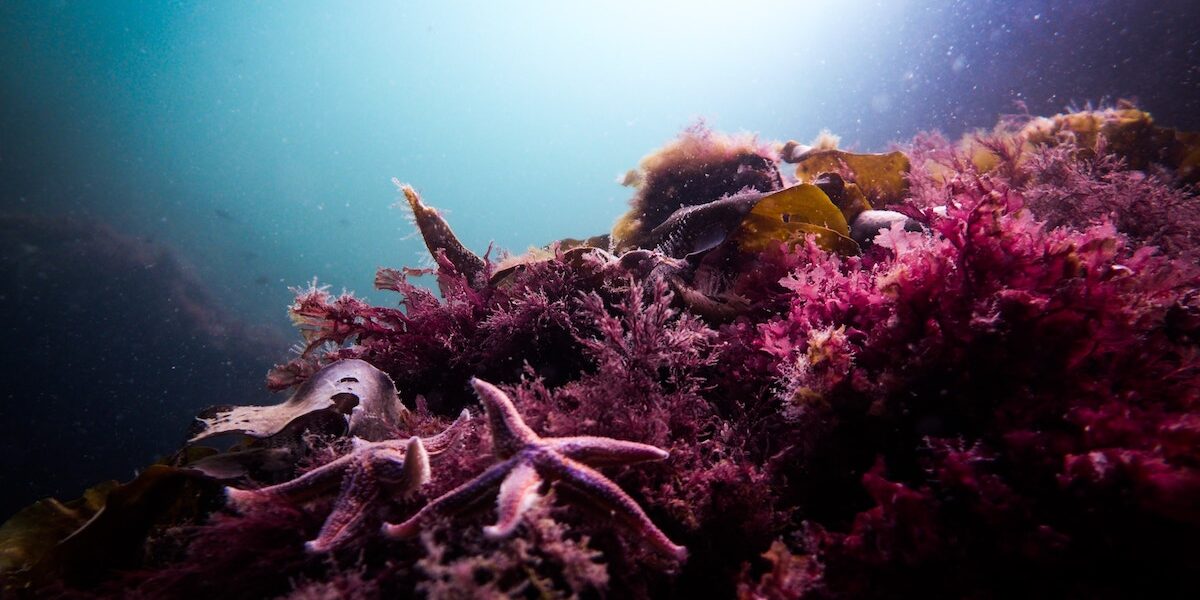By Wendy Williams
Coverage of the 5th International Deep Sea Coral Symposium, Amsterdam
!["Ancient Coral Reefs" by By Heinrich Harder (1858-1935) (The Wonderful Paleo Art of Heinrich Harder) [Public domain], via Wikimedia Commons "Ancient Coral Reefs" by By Heinrich Harder (1858-1935) (The Wonderful Paleo Art of Heinrich Harder) [Public domain], via Wikimedia Commons](https://oceanfdn.org/blog/wp-content/uploads/2012/04/Ancient_coral_reefs-300x185.jpg)
“Ancient Coral Reefs” by By Heinrich Harder (1858-1935) (The Wonderful Paleo Art of Heinrich Harder)
AMSTERDAM, NL, April 3, 2012 — A little more than 65 million years ago, a meteor slammed into the sea just off the coast of what is now Mexico’s Yucatan Peninsula. We know about this event because the collision created an explosion of energy that laid down a worldwide tattle-tale layer of iridium.
Following the collision came an extinction in which all dinosaurs (except for the birds) disappeared. In the seas, the dominant ammonites died off, as did many of the major predators like the super-huge plesiosaurs. As many as 80 to 90 percent of marine species may have become extinct.
But if the post-collision planet was a world of death — it was also a world of opportunity.
Only a few million years later, on the deep sea floor of what is now the town of Faxe, Denmark (it was a very, very warm time on the planet and sea levels were much higher), some very peculiar corals established a foothold. They began building mounds that grew wider and taller with each passing millennium, finally becoming, to our modern way of thinking, fantastic apartment complexes that welcomed all kinds of marine life.
The mounds became gathering points. Other corals joined the system, along with many other kinds of marine species. Dendrophylia candelabrum proved to be excellent as an architectural frame. By the time the planet grew cold again and sea levels dropped and these coral apartment houses, these early Cenozoic Co-Op Cities, were left high and dry, well over 500 different marine species had established themselves here.
Flash-forward to our own 21st Century. Long-term industrial quarrying had created “the biggest manmade hole in Denmark,” according to Danish researcher Bodil Wesenberg Lauridsen of the University of Copenhagen, who spoke to a gathering of cold-water coral researchers gathered in Amsterdam this week.
When scientists began to study this “hole” and other nearby geological structures, they realized that these ancient coral mounds, dating back 63 million years, are the oldest known and may well mark the first radiation stage of a newly evolved eco-structure.
Of the species found by scientists in the ancient “apartment complex” to date, most are yet to be identified.
Moreover, the Danish scientist told her audience, many more fossils are likely still in the mounds, waiting to be discovered. In some places, the preservation of the mounds has not been good, but other sections of the mounds present prime study sites.
Any marine paleontologists looking for a project?







